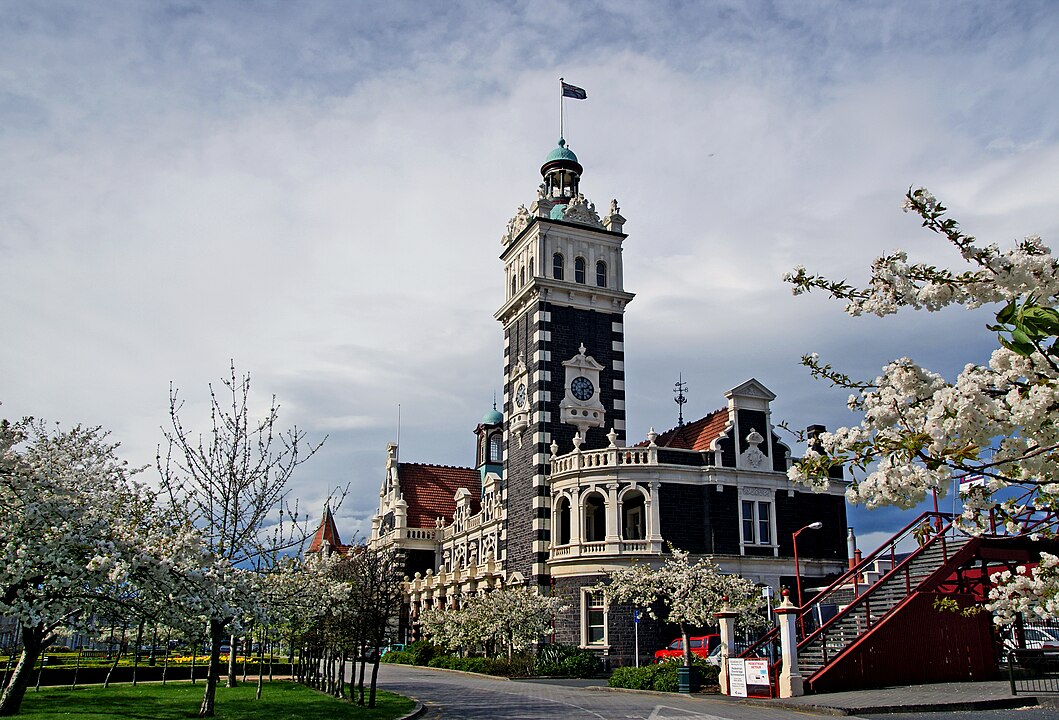You learn a city by its stations, and the quiet ones speak the loudest. Forgotten platforms and grand concourses hold the sound of departures, the smell of coal and rain, and the stories that built whole neighborhoods. Walk these eight places with patience and you will find rescue efforts, second lives, and lessons in what to save. You do not need a ticket, only curiosity and time. Let architecture guide you, let plaques fill gaps, and listen for the echo of wheels under your feet.
City Hall Station, New York City
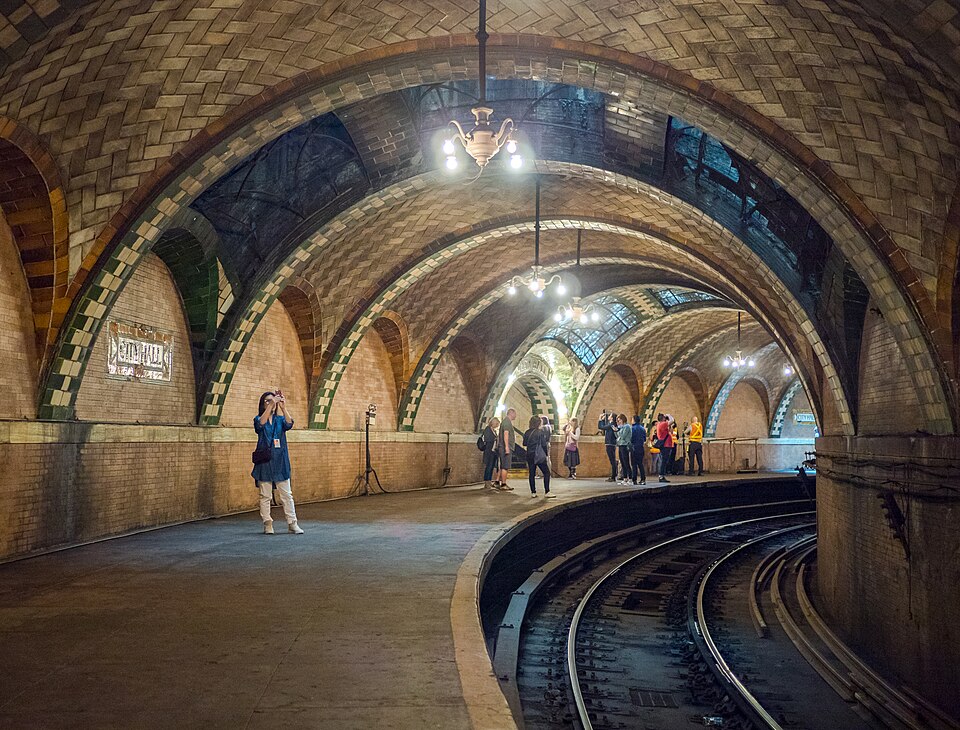
You ride the 6 past a hidden loop where tiles shimmer in soft light and skylights arc above empty benches. Opened in 1904 as the showpiece of the first subway, City Hall closed in 1945 when longer trains outgrew its tight curve. You can glimpse it if you stay on at Brooklyn Bridge or join rare museum tours. The craftsmanship still stuns, proof that even a closed station can hold a city’s pride in brick, brass, and quiet air. Guastavino tiles, bronze skylights, and curved glass whisper a first era subway confidence.
Michigan Central Station, Detroit
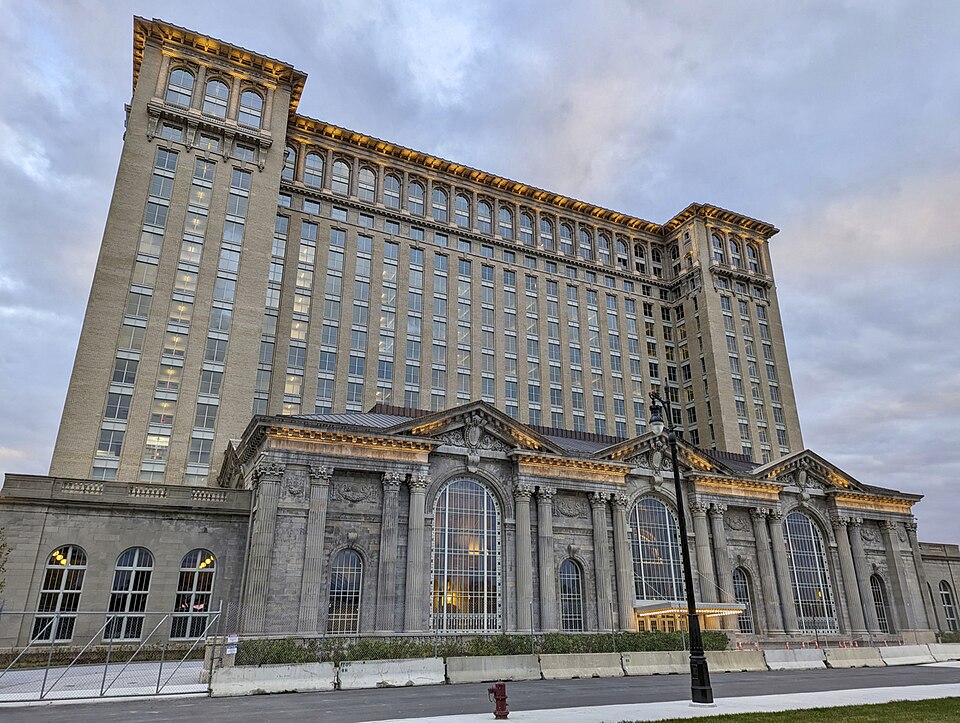
You stand before a Beaux Arts giant that once greeted immigrants, soldiers, and jazz bands. After closure and years of decay, the station became a symbol of loss, then a comeback story as restoration brought lights, windows, and people back inside. Today it hosts events and new workspaces, with future transit possibilities studied. Walk the concourse and you feel the arc of Detroit itself, from boom to abandonment to a patient, determined return.
Buffalo Central Terminal, Buffalo
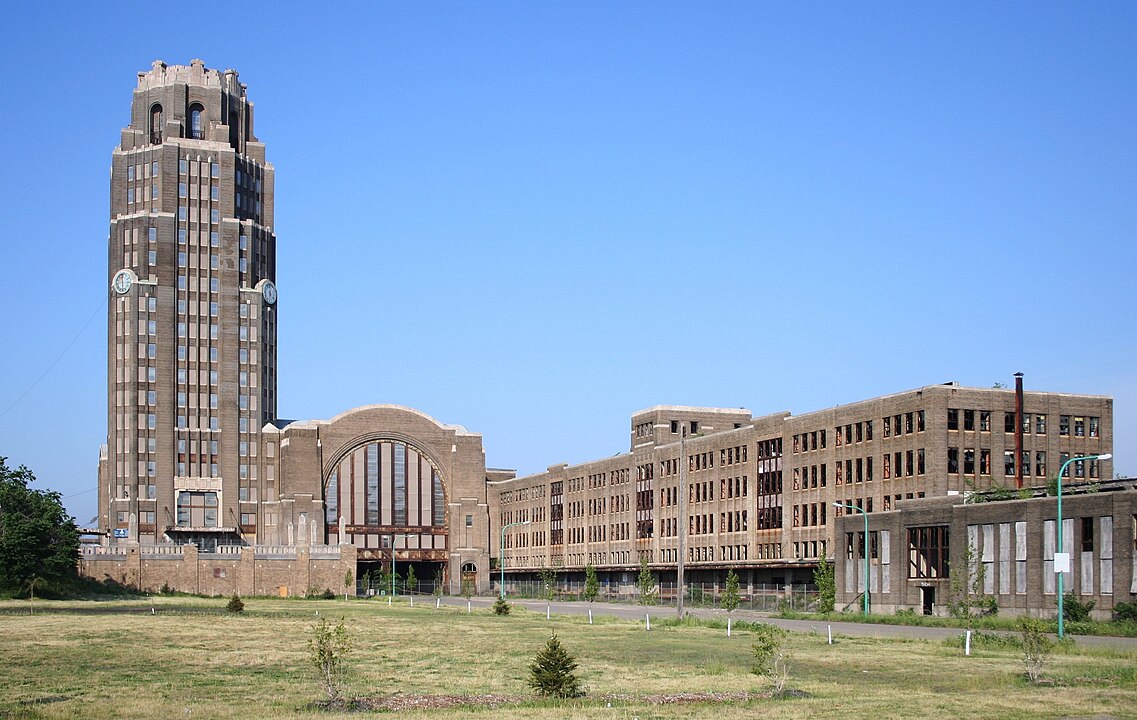
You approach an Art Deco tower rising over the East Side, part cathedral, part machine for movement. Trains left in 1979, but the building endures through volunteers, tours, and seasonal markets that fund its stabilization. Tile reveals, clock repairs, and careful cleanups let you imagine crowds under a vast concourse again. It is not glossy, and that is the point. You read progress in scaffolds and fresh mortar, one repaired window at a time. Step into the concourse during an open day and you will hear footsteps multiply into memories.
Canfranc International Station, Spain
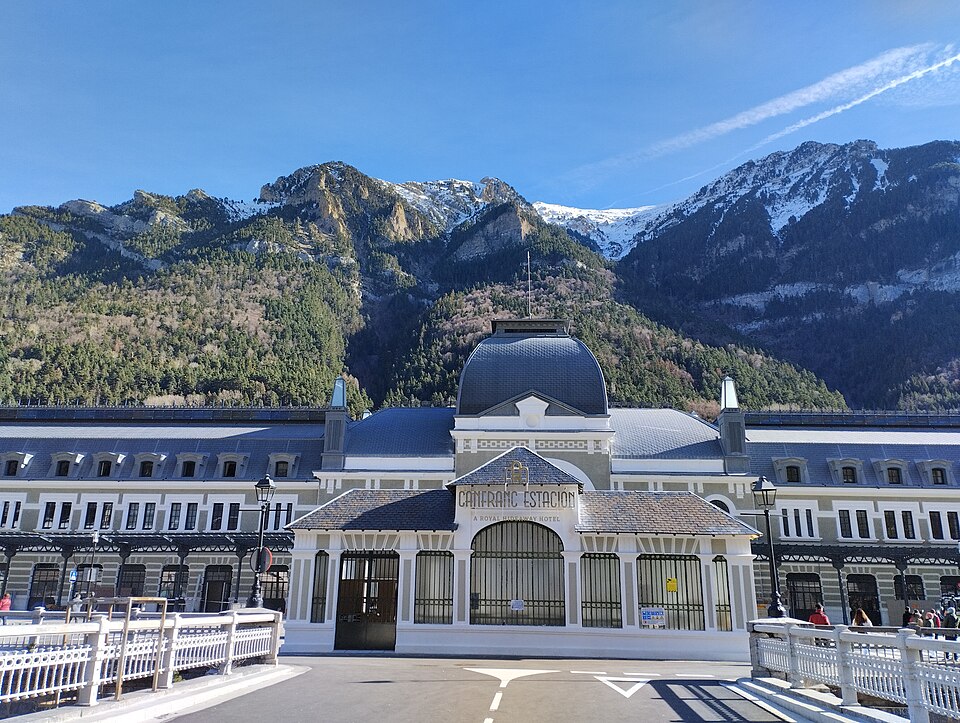
You cross the Pyrenees to a border palace built in 1928, a platform so long it needed two countries. War, smuggling, and escape routes brushed its tracks, and a derailment closed the French link in 1970. Spain kept the lights on, trains still reach Jaca, and the grand building now houses a hotel with carefully restored bones. You walk the platform and feel border stories in the wind, history layered on limestone and steel. Plans to reopen the cross border link surface often, a reminder that rails rarely stay quiet for long.
Anhalter Bahnhof, Berlin
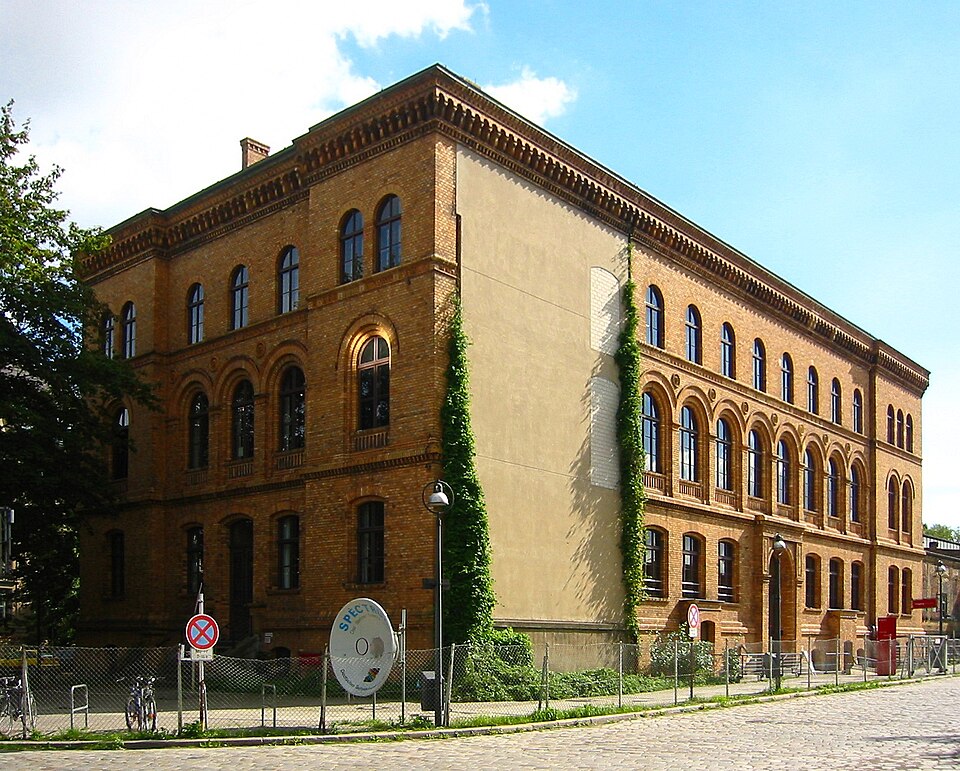
You enter a park and find a monumental portal standing alone, the last facade of a station shattered by war and leveled later. From here, trains once carried travelers, athletes, and, under the Nazis, deportees. The arch remains as witness, paired with memorials and a nearby museum. You read plaques, then listen to the hush between traffic bursts. Absence becomes architecture, and memory claims the space the tracks once held. Stand beneath the brick and count the trains in your head as departures and names return like echoes.
Dunedin Railway Station, New Zealand

You step into a Flemish Renaissance fantasy of dark basalt, white Oamaru stone, and stained glass. Opened in 1906 and once the nation’s busiest, the station later quieted as routes shrank. Today tourist trains depart from its platforms, while markets and galleries animate the halls. You linger on mosaic floors and a platform garden that smells of rain. The building shows how a city can honor rail heritage and still reinvent it for everyday life. Locals call it the Gingerbread Palace for a reason, and you see it when the sun lights every carved edge.
Gare d’Orsay, Paris

You arrive at a riverside hall built for the 1900 fair, where electric trains once coasted under an iron vault. After services ended, artists and citizens pushed to save the structure, and in 1986 it reopened as the Musée d’Orsay. You wander galleries where engines once idled, watching light pour through the great clock. The lesson is clear. A station can carry culture as easily as passengers when a city chooses imagination over demolition. The setting teaches you to look up as much as you look at art, because the room is part of the story.
Broad Street Station, Richmond, Virginia
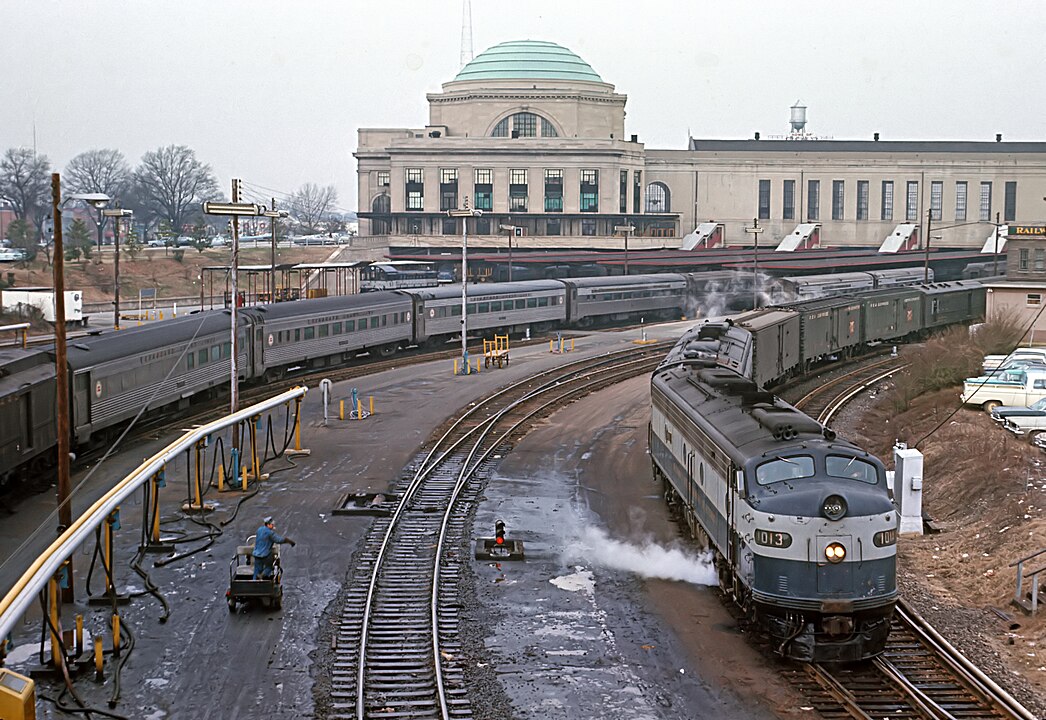
You climb steps to a grand rotunda crowned by copper, a 1919 landmark by John Russell Pope. Long after trains moved, the building survived and now houses the Science Museum of Virginia. Kids race through exhibits where ticket lines once formed, and you can still trace the sweep of platforms outside. It is a civic second act that keeps the architecture working for the public. You leave with curiosity fired and the past still visible. It proves reuse can be joyful, not only practical, when a landmark finds new work that still serves its city.
